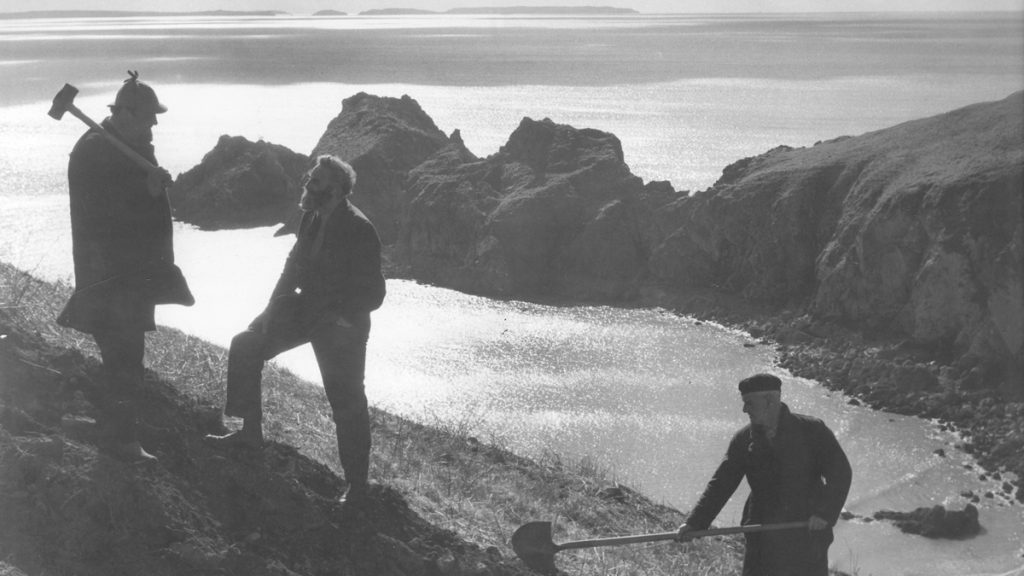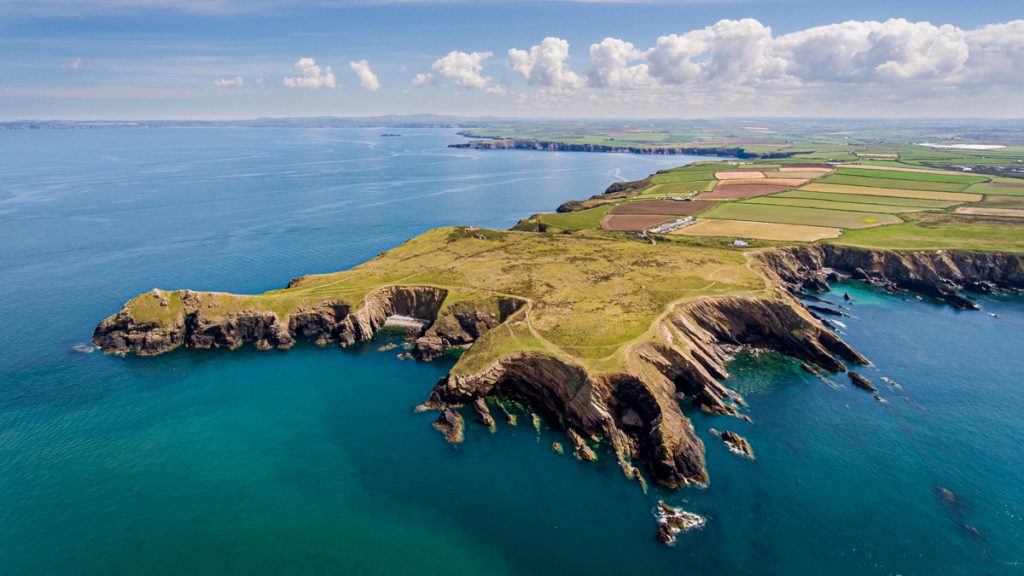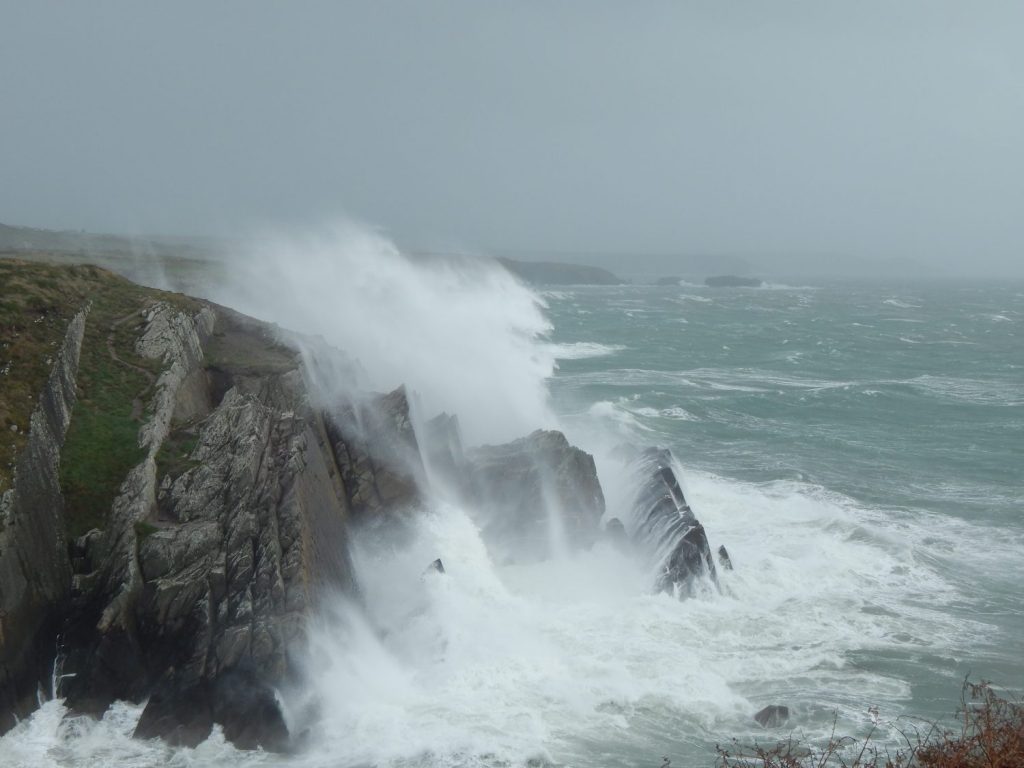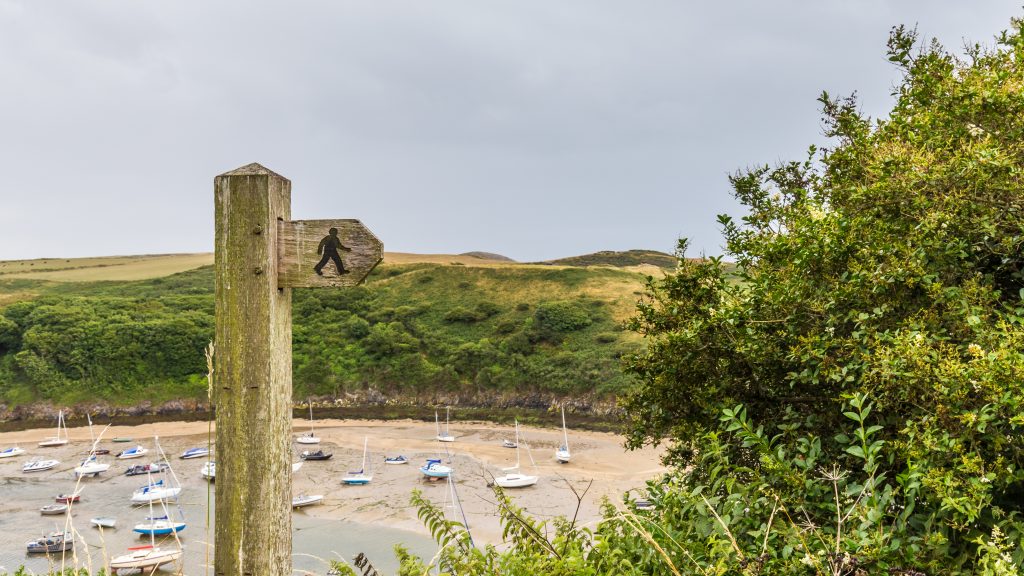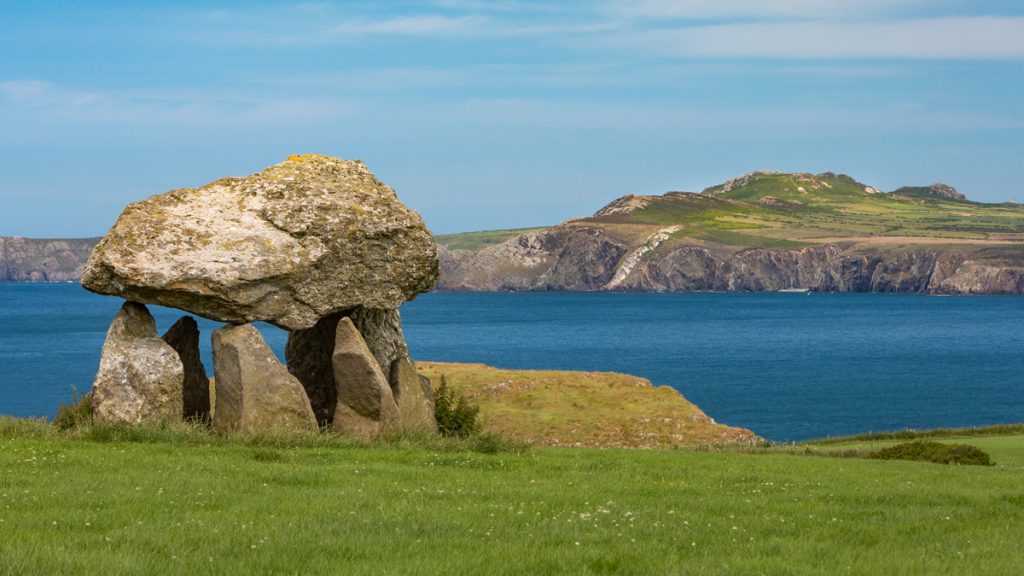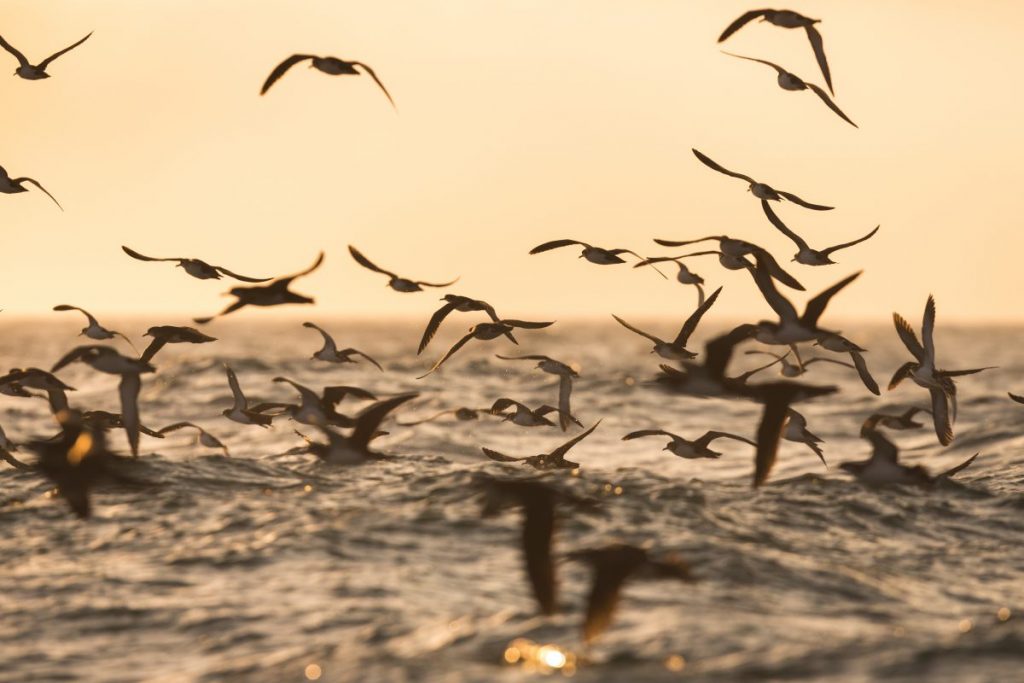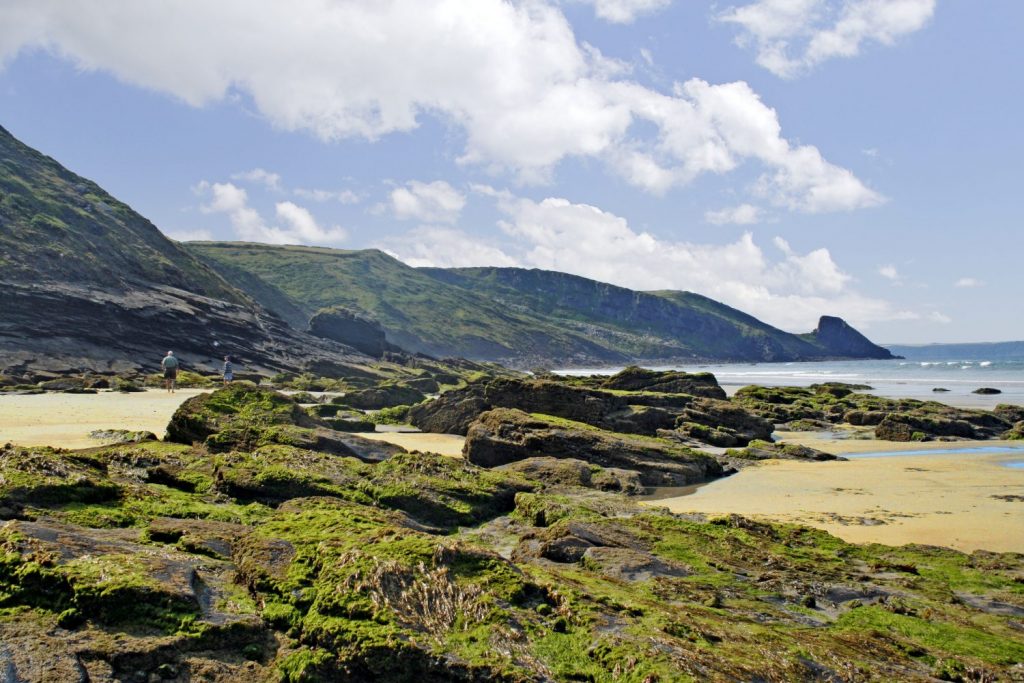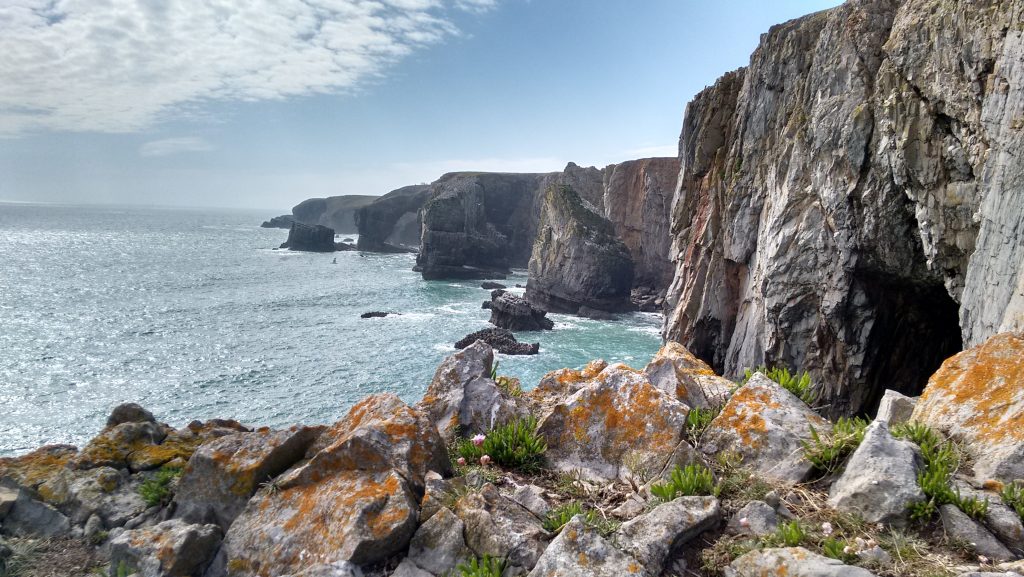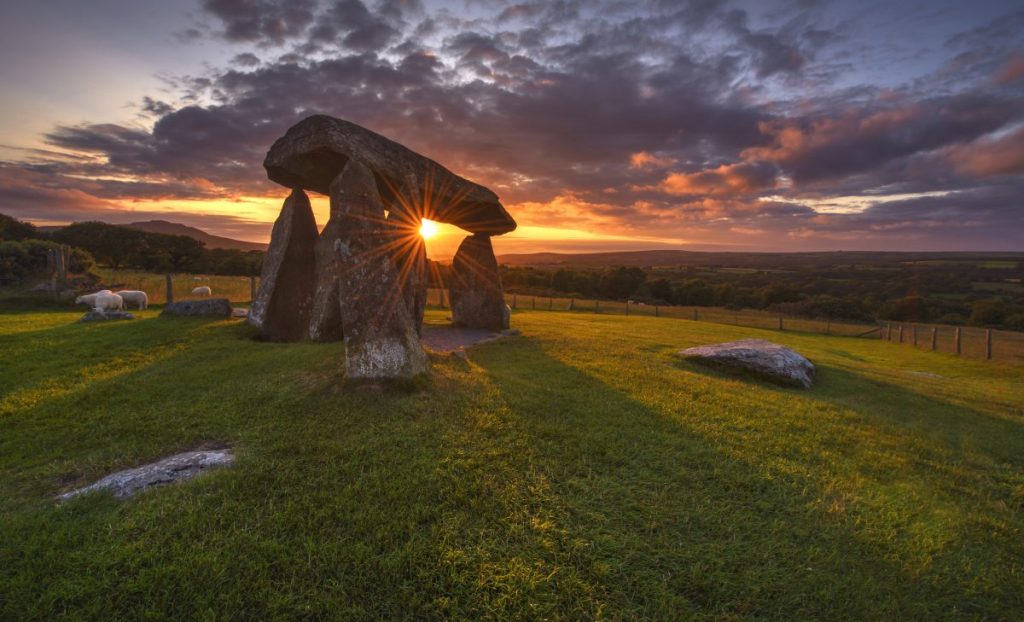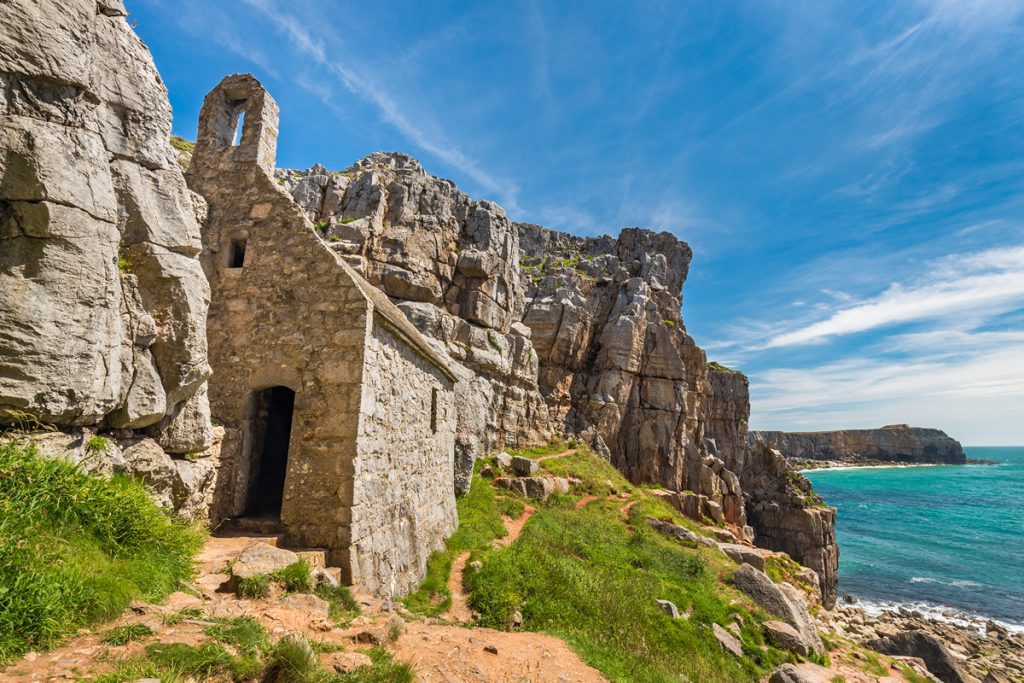Find out some fascinating facts that highlight what makes the Pembrokeshire Coast National Park so special.
Park Purposes
The Environment Act 1995 specifies that the purposes of a National Park Authority are:
- To conserve and enhance the natural beauty, wildlife and cultural heritage of the Park area
- To promote opportunities for the understanding and enjoyment of the special qualities of the area by the public.
The Act also states that in pursuing these purposes the Authority has a duty to seek to foster the social and economic well being of local communities.
Statistics
- The National Park covers almost all the Pembrokeshire Coast, every offshore island, the Daugleddau estuary and large areas of the Preseli Hills and the Gwaun Valley
- It is one of the smallest UK National Parks, but has one of the most diverse landscapes
- An odd shape – at its widest point it’s about 16km wide, and at its narrowest about 100m
- Resident population 21,145 (2022)
- Length of coastline 420km
- Private ownership – less than 2% of the National Park area is owned by the Park Authority
- Park covers about 615 sq km
- Clean water – all beaches where water was sampled rated excellent (27) or good (1) in 2023. To see the latest bathing water quality ratings visit the Natural Resources Wales website (opens in new window).
- 10 Blue flag beaches and 7 Green Coast beaches (2023). For more information on beach awards see the Keep Wales Tidy website (opens in new window).
- The National Parks and Access to the Countryside Act was passed in 1949
- The “best” landscapes in the country are National Parks, covering approx 20% of the British countryside or 25% if you include the Areas of Outstanding Natural Beauty
- National Parks are there to ensure that these special landscapes are conserved for future generations to enjoy.
There are 15 National Parks in the UK
- 10 in England – The Peak District, Dartmoor, Yorkshire Dales, Lake District, Exmoor, The Broads, North York Moors, Northumberland, The New Forest and the South Downs
- 3 in Wales – Eryri (Snowdonia), Bannau Brycheiniog (Brecon Beacons) and Pembrokeshire Coast (Arfordir Penfro).
- 2 in Scotland – Loch Lomond and the Trossachs and The Cairngorms (the UK’s largest National Park).
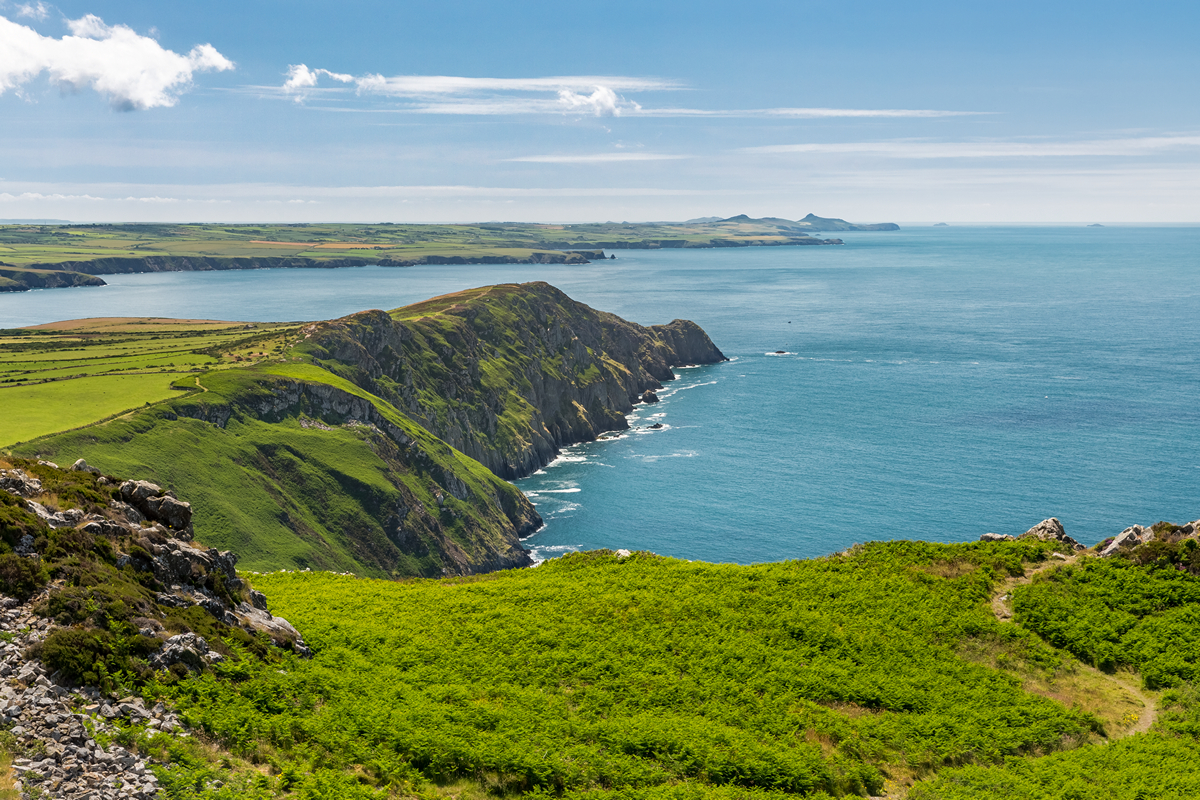
What makes the Pembrokeshire Coast National Park special?
- It is the only UK National Park which is primarily designated for its coastal landscape
- Nowhere in the National Park is more than ten miles from the sea
- 10 had Blue Flag Award status in 2023, the highest number of any county in Wales
- 7 beaches were awarded the prestigious Green Coast Award in 2023. The award recognises small beaches that have the highest environmental standards and top quality bathing water
- The Milford Haven Waterway is the second deepest natural harbour in the world (after Sydney Harbour, in Australia)
- It is ecologically one of the richest and most diverse parts of Wales and is recognised as of international importance for a wide range of high quality habitats and rare species
- One third of Britain’s nesting pairs of choughs are in Pembrokeshire
- Grassholm has one of the world’s largest gannet colonies.
The high wildlife value of the Park is reflected by its conservation designations which include:
- 13 Special Areas of Conservation (three marine SAC overlap about 75% of the Park coastline and account for about 60% of the inshore area)
- 5 Special Protection Areas
- 1 Marine Conservation Zone, Skomer – one of only three in the UK
- 7 National Nature Reserves
- 60 Sites of Special Scientific Interest (SSSI)
- 80% of the National Park coastline is within SSSIs.
The Park has a rich cultural heritage:
- 286 Scheduled Ancient Monuments
- 1234 listed buildings
- 14 Conservation Areas
- 15 historic parks and gardens
- 9 important archaeological landscapes
- The National Park Authority owns two important historic sites at Carew Castle and Tidal Mill and Castell Henllys Iron Age Village
- Castell Henllys is a reconstructed Iron Age hill fort which was a thriving settlement 2,500 years ago. It has the only roundhouses in Britain reconstructed on the site where they were excavated
- Carew Mill is one of only four restored tidal mills in Britain.
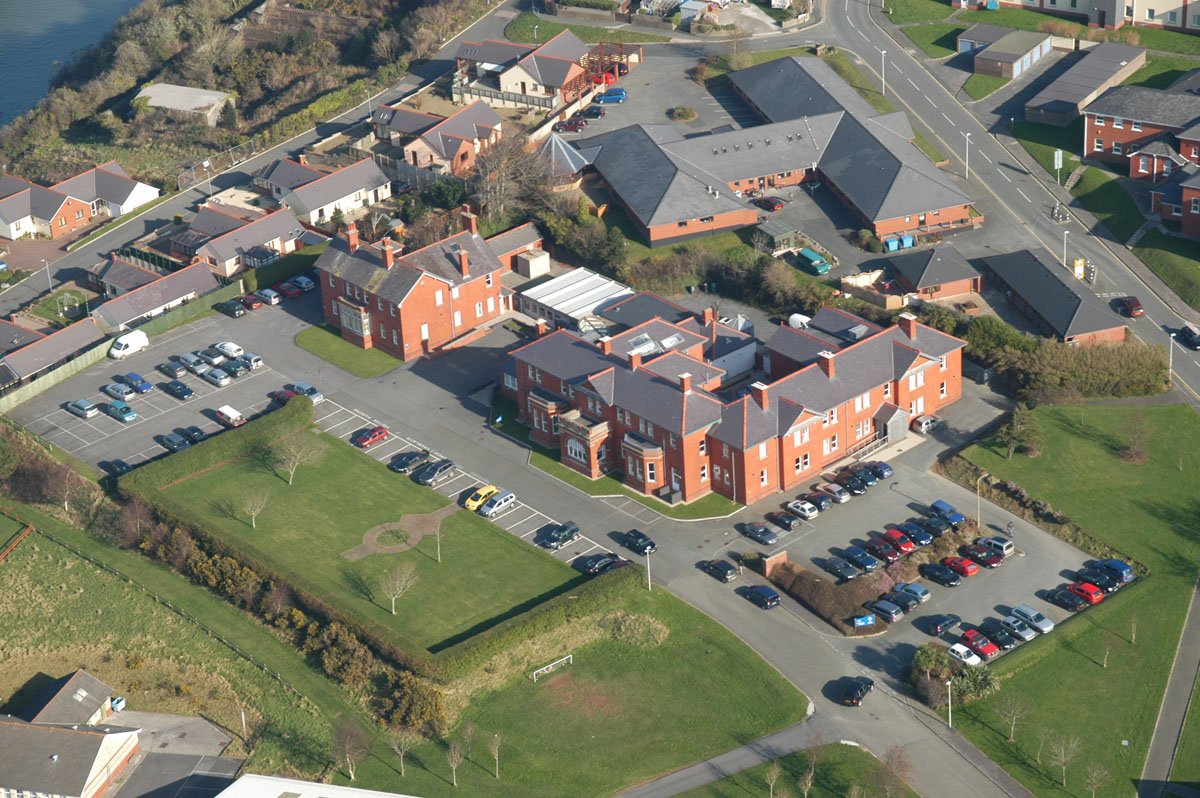
What are the functions of Pembrokeshire Coast National Park Authority?
1. Planning
- The statutory purpose of the Park Authority aims to protect the special qualities of the Park through its planning decisions, whilst allowing for the public enjoyment understanding of those qualities.
- The Park Authority determines approximately 500-600 applications each year.
- Performance relating to planning is reported to the Audit Committee meetings and is also published on the Welsh Government website
2. Balancing the needs of recreation and conservation
The Park Authority works to ensure that people can enjoy the Park but to do so in a way that is in harmony with the environment and the local community.
Coast Path management
- The Authority maintains the 186 mile (300km) Coast Path National Trail with funding from Natural Resources Wales
- Top tier of satisfaction for any trail in the UK – won Coast magazine’s Award for Best Coastal Trail in UK for 2010
- The Coast Path opened in 1970 after 17 years of consultation and construction
- Total rise and fall of entire path is 35,000 ft – greater than Everest
- End points are the bridge east of Amroth Castle and the slipway north of St Dogmaels
- The Pembrokeshire Coast Path is part of the Wales Coast Path.
Other Rights of Way
- In addition to the 300km of Coast Path National Trail, the Authority also maintains a network of 770km public rights of way including 188km of bridleways
- Together with permissive paths and the Coast Path this forms a total network of 1,148km. This is compared to about 800km of roads in the Park.
Land Management
- The Park Authority leases the 200m of foreshore from the Crown.
- The Park Authority owns or manages around 300ha of woodland.
- The Park Authority manages around 50 car parks, parking areas/viewpoints and picnic sites.
Access for All
- The number of stiles that have to be crossed has been reduced in an effort to make the Coast Path more accessible to the less able. More than 400 stiles have been removed or replaced by gates during the last 15 years.
- There are now over 40 Easy Access walks which are either surfaced or unobstructed and are accessible for use with appropriate wheelchairs or pushchairs.
- Web walks – there are more than 200 circular walks available on this website.
3. Education and Information
- The Authority runs a Discovery Service which provides information for schools and colleges and organises Activities and Events for the general public.
- The Authority runs an information centre at Oriel y Parc, St Davids.
- The Visitor Centre at Oriel y Parc welcomes over 140,000 people per year, Castell Henllys over 20,000, while Carew Castle and Tidal Mill has over 40,000.
- Oriel y Parc is the Authority’s Landscape Gallery and Visitor Centre in St Davids, run in partnership with Amgueddfa Cymru – National Museum Wales. As well as the Gallery and Visitor Centre, it’s home to a Discovery Room, Artist in Residence studio, shop and cafe.
- The Authority has developed a number of discovery trails for the public to use, guiding them around particular sites in the Park. They include Freshwater East, Tenby, Newport, Porthgain and Nevern.
- The Walkability project helps people of all abilities enjoy the coast and countryside and has worked with more than 600 groups (more than 6,000 participants) at more than 150 locations.
4. Conservation
- Grant aid and practical help is available for the reintroduction of traditional farming practices in the Park under the Conserving the Park Scheme.
- St Davids Airfield is owned by the National Park Authority and is managed so that habitats are protected, in particular herb-rich grassland, wet heath and ground nesting birds such as skylarks. There has been an increase in numbers of skylarks as a result of later cutting for hay.
- The National Park Authority owns the Cilrhedyn Woodland Centre which uses small diameter timber found locally and encourages sustainable management of native woodlands.
How we encourage others to protect this beautiful area:
- The coastal landscape and its wildlife constitute a major visitor attraction. The Coast Path attracts around 1 million user days annually and represents one of the county’s most important economic assets.
- Help the local economy – stay in the National Park and support local businesses.
- Reduce car use – use the Coastal Bus Services.
- Tread lightly – don’t pick wildflowers, disturb nesting birds, keep dogs on leads – follow the Countryside Code.
- Keep the noise down – tranquillity is one of the most valued special qualities of the Park.
- Get involved – volunteer for a beach clean, become a Voluntary National Park Warden or join the Friends of Pembrokeshire Coast National Park.
